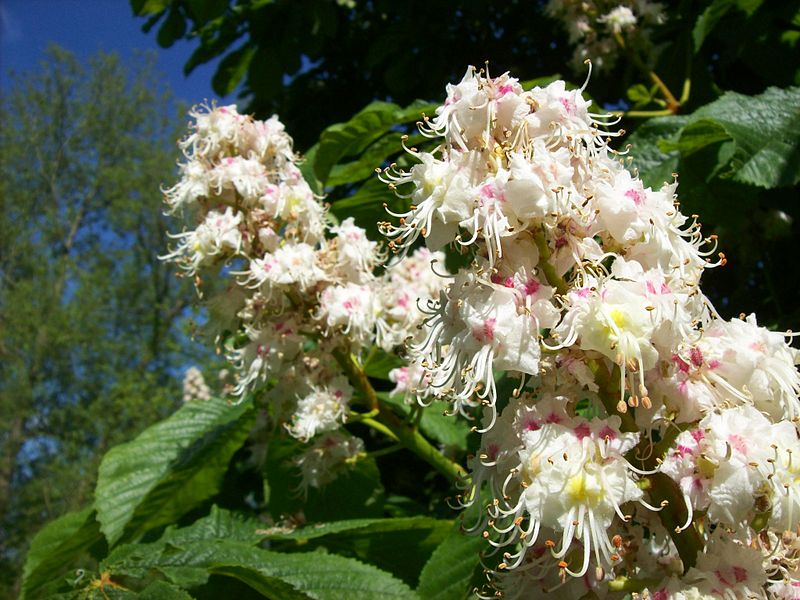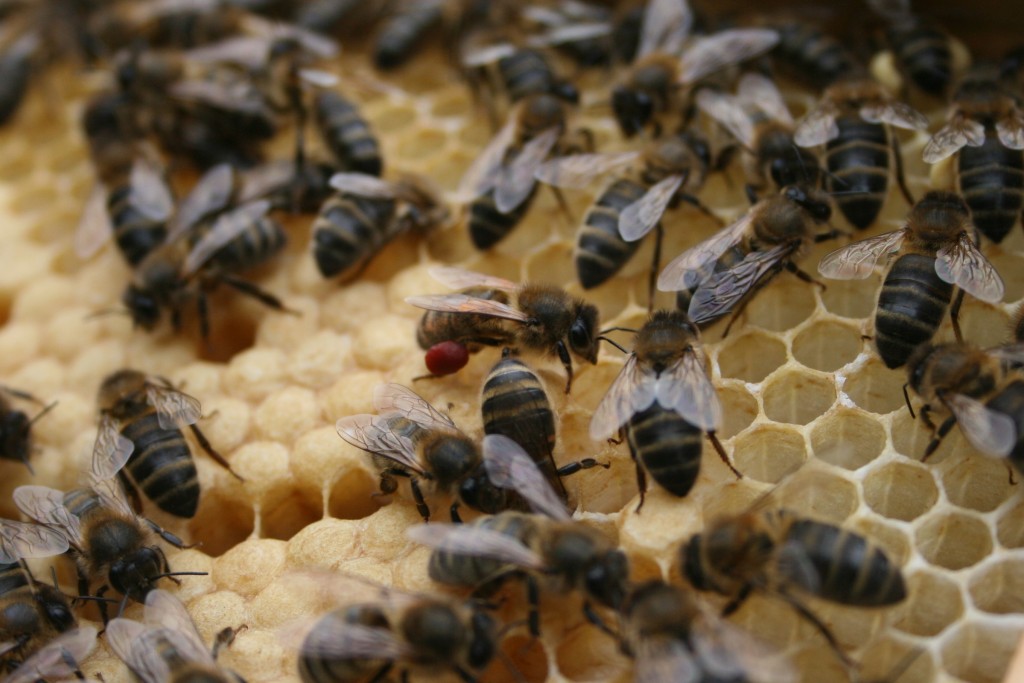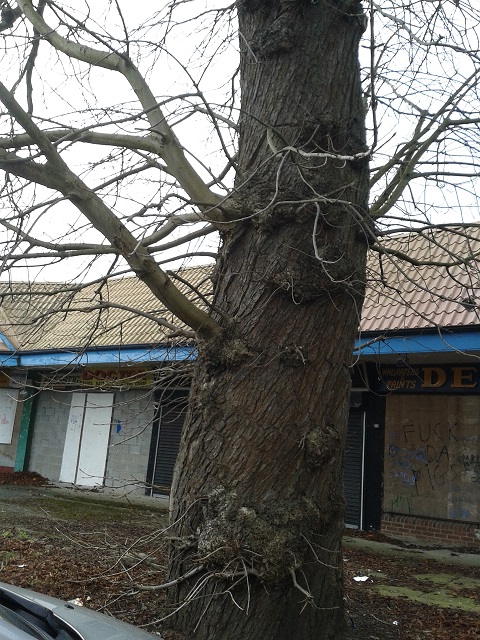
The scientific name for Horse Chestnut is Aesculus hippocastanum but that’s a bit of a mouthful for the familiar conker tree. The common name came about for several reasons:
- The seeds or ‘conkers’ and the spikey seed pods are similar in appearance to those of the sweet chestnut (Castanea sativa). It should be noted that unlike chestnuts, conkers are not for human consumption;
- When the leaves fall in autumn the twigs bear a horseshoe-shaped scar including marks like nail holes where the tiny vessels in the leaf stem part company;
- At one time horse chestnuts were ground and fed to horses as a stimulant and to make their coats shine. The Turks used to believe conker-meal could cure broken-winded horses.
The Latin name Aesculus comes from a word that was originally applied to a type of oak but when Linnaeus the botanist drew up his original classification of species he gave it instead to the horse chestnut. ‘Hippo’ is Greek for horse, which also explains hippopotamus – meaning ‘river horse’. Meanwhile ‘kastanos‘ means chestnut.
Description
The horse chestnut is not a native species; it was brought to Britain and Ireland in the late 16th century from S.E.Europe where it grows naturally in the Balkans and in parts of Albania and Greece. It soon became a sought-after ornament and specimen tree for parks and gardens because of its potentially huge size and spectacular displays of large, candle-like flower heads (photo above from Wikipedia).
In autumn the dense crown of turning leaves can give a colourful display of mixed yellows and perhaps red.
The stems of mature specimens can develop characterful gnarled and bristly burrs while the bark is deeply ridged and platey. Sometimes the pattern of bark ridges may spiral around the trunk giving a twisted appearance as if the tree had been screwed out of the ground as in this specimen in a Carlow car park.
While self-sown trees are common enough in woodlands its status remains that of an ornamental tree.
One of the largest flowering trees in the temperate world, it can attain heights of 35m and grown in the open will develop a magnificent broad crown of heavy branches arching almost to the ground. A specimen at Killegar House, Co.Leitrim is perhaps Irelands largest with a height of 27m and girth of 4.97m.
For the Bees
The flower heads can be up to a foot tall and are made up of a mixture of individual male, female and hermaphrodite flowers, which open in May. The flowers are mostly white, streaked with nectar-guides which are yellow at first turning to deep crimson later when the flower is pollinated. This is significant because bees cannot see the colour red so at that point the flower is effectively ‘switched off’ as far as they are concerned.
The flowering period lasts for about a month throughout which bees can be seen bringing in the distinctive brick red / crimson pollen. The honey is light and granulates smoothly.

The red horse chestnut is a different species altogether – A. x carnea – a hybrid between the common horse chestnut and an American species the red buckeye a.k.a. A.pavia. It flowers slightly later than the common horse chestnut and while this extends the horse chestnut flowering period, there is evidence that too much red horse chestnut nectar is bad for bees. There are also reports from Denmark of toxicity in ordinary horse chestnut. Another species, the Californian buckeye A.californica, will yield honey in California but this too is thought to be toxic to bees.
For the rest of us
The horse chestnut is a tree of great beauty but its timber is neither use nor ornament; being uniform pale brown and lacking in strength it can only be used to make toys or trays. As firewood, it does give heat and light but it spits freely. Even as a specimen tree it is flawed because the huge arching branches have a tendency to become weak and fall unexpectedly.
Click here for Bee Trees – Hawthorn
Click here for Bee Trees – Hazel
Click here for Bee Trees – Poplar
Click here for Bee Trees – Sycamore
Click here for Bee Trees – Willow
Sources
Edlin,H.L. The Tree Key. Frederick Warne, London. 1978
Hart,C & Raymond,C. British Trees in Colour. Michael Joseph Ltd., London 1974
Hooper,T. Guide to Bees and Honey Blandford, London.1971
Howes,F.N. Plants and Beekeeping. Faber and Faber, London 1945
Copyright © Beespoke.info, 2014. All Rights Reserved. Except the flower photo which is from Wikipedia

Could I please ,please please have a copy of this article on horsechestnuts and bees for my school “Biodiversity Green Flag”
We are a small rural school in midlands Ireland and we would like to include a project on horse chestnuts ie sowing , nursery management ,importance for early pollinator food /nectar sources, etc . We would like to build a project around these magwestic trees and would like to include a copy of this article in our display – we absolutely appreciate copyright and it would be cited to its orif=ginal author in its entirety.
school :St finians NS , Clonard, Enfield , co. Meath
green schools co-ordinator: Ann Dardis